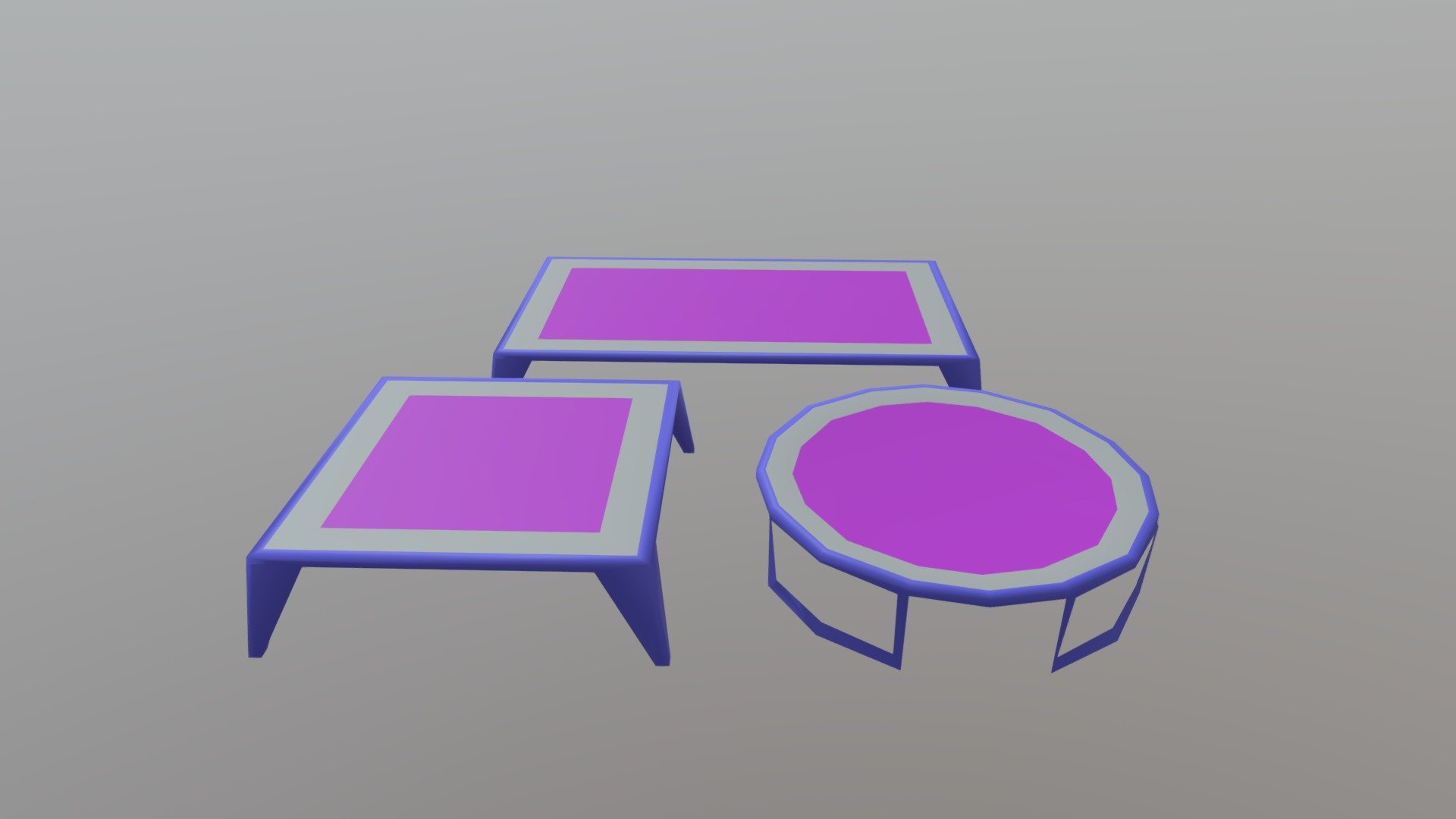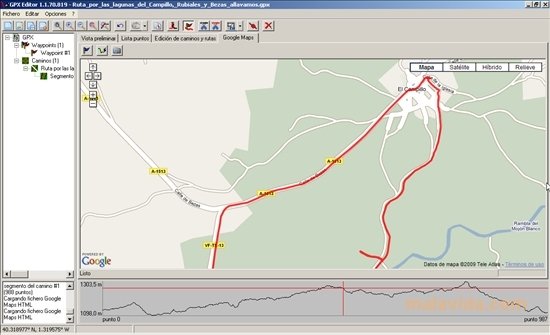

#3d gpx viewer free#
Feel free to open and interact with this 3D scene! Notice the improvement in spatial accuracy for the above GPX tracks collected using the same smartphone app over the span of 4 years, as I describe here.Ī 3D scene in ArcGIS Online showing the results of my experiment, with elevations in meters above sea level shown as labels (but remember that some of them are underwater) and symbolized as cylinders. You could symbolize on velocity, time, or if you had collected attributes along those lines or points, water quality, weather, traffic volume, litter, or anything else.

On a very simple level, you could compare the GPX file as I showed above to the map of the GPX file, discussing how much more information you can gain from mapping things. Admittedly boring but simple and effective way of teaching spatial thinking. Mapping the output from a GPX file of one of my walks in Redlands, California. I also used GPX files in my points in Salzburg Austria map and in my underwater spatial accuracy test in Hamburg, Germany. Both methods of recording my track were derived from GPX files. Students compare the elevation and the x-y position of my recorded tracks from a GPS unit to a GPS app on my smartphone. I use the above map, which you can interact with in ArcGIS Online, here, in courses and workshops where we discuss accuracy and precision. You could also use the results as part of an ArcGIS Dashboard! You could even create a 3D scene as I did in the example below.
#3d gpx viewer pro#
When done with either the ArcGIS Online or ArcGIS Pro methods, you could create a web mapping application such as an Instant App or a story map from the data. You can also convert from shapefile to GPX, if you'd like, and then you could load that GPX file into an app or into a GPS receiver to follow it. You can also bring the output from your GPX mapping from ArcGIS Online into Pro for advanced analysis. When done, you could publish your resulting layer to ArcGIS Online and share it. At some point in the future, you will also be able to add GPX files into the new map viewer in ArcGIS Online, as well.įor ArcGIS Pro: Use the GPX to Features tool > do your symbology, classification, and analysis in ArcGIS Pro. Here is the GPX to SHP tool: The free version currently only lets you convert 2 files per day. (2) You could also use the online tool in the following link to convert GPX to SHP and > then in your Content zone in ArcGIS Online > add content from the resulting zipped SHP file. To use GPX files in ArcGIS Online: Go to Classic viewer > Add GPX from a file > save layer > Publish as a hosted feature layer and share it with public as well. See the image below featuring one of my Redlands walks on a work trip. Third, GPX files are still wonderfully easy-to-use sets of information to quickly map where you have been, and when symbolized and classified, and overlaid with other data, can help us ask the "whys of where" questions about patterns, relationships, and trends in those locations. As such, they are sometimes the only way you can map that data that you have collected from your fieldwork with students, from your geocaching course, or from your hike or cycle ride. Second, these files are still sometimes the only output from GPS receivers, GPS phone apps, fitness apps, or other mapping tools. Why bother with GPX files today? First, comparing raw GPX files to mapped GPX files is a simple, clear way to explain why mapping adds value. Much has changed over that time: Educators and students now have a myriad of types of files and objects in those files to map-points, lines, polygons, grids, images, and more. I used them extensively in the many geocaching courses that I created in city parks, riparian zones, field lab sites, and elsewhere for years to foster spatial thinking.

The actual GPX file contains hundreds more GPS points as latitude-longitude values, each coordinate pair occupying one line in the data file.įifteen years ago, GPX files were one of the few types of files that were mappable. You can see the latitude, longitude, elevation, date and time, and other information at the time I collected this particular information (when I was teaching on the campus of Oklahoma State University). In a text editor, a GPX file looks like this, below. Mapping the output from these files in ArcGIS Pro and ArcGIS Online is straightforward using the methods described in this essay. GPX files, in GPS Exchange Format, are text files in XML format containing geographic information such as waypoints, tracks, and routes, as real-world coordinates.


 0 kommentar(er)
0 kommentar(er)
